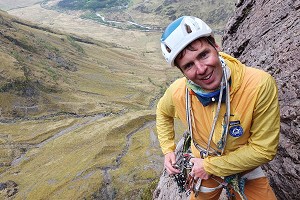
If the best helmet is the one you're going to wear, then the lighter and more comfortable it is the better. It may not set out to rewrite the rules, but Climbing Technology's Orion is an excellent take on the polystyrene style helmet that has become more or less standard in recent years. Lightweight and well ventilated, it's a solid choice for every niche from mountaineering through to sport climbing.
Team UKC have had a couple of these on test for several months, so here we offer a collective opinion of it. In short? Thumbs up - so long as it fits you.
Weight and construction
The Orion is built with a combination of EPS (High Density Polystyrene) inner and PC (polycarbonate) shell, a popular style that gives a good balance of lightness, toughness and impact absorption. The polycarbonate shell adds a good measure of toughness to the helmet; we've not handled our review samples with particular care, but they have not yet suffered as a result of the knocks and scrapes.
At 230g (size large; our measure exactly matches CT's quoted value) its weight is very much equivalent to other modern polystyrene helmets. You can get lighter EPS models, but not a lot, so if saving weight is important to you then the Orion is certainly a good choice. Its lightness is an advantage when packing, and also of course when you wear it. On your head, the weight feels negligible.
Fit
Along with footwear, a helmet is an item of personal equipment in which fit is of paramount importance, and you should always try any model on for size before buying. What fits one person can seem oddly shaped or uncomfortable for another. Our mixed experience of the Orion helmet illustrates this perfectly. One of our reviewers has struggled to get comfortable with it, finding that it tends to sit at a skew and rides high and far away from the back of the head, and yet too low and tight on the forehead. By contrast another reviewer finds it the best-fitting helmet he has worn in 30 years of climbing.
Although this partly depends on how well it fits you, coverage at the sides and rear means plenty of protection from a blow to the head - in the event of an inverted fall, for instance.
The fit is adjusted via a plastic cradle and a wheel at the back, with simple webbing straps and light foam pads in the helmet for comfort. These can be removed, and our less satisfied reviewer has even experimented with DIY padding in an effort to improve the fit - with some success. For ease of transport, the plastic cradle pivots up inside the helmet.
The measure of a correctly fitting helmet is that it should feel solidly in place without the chin strap being done up. Undone, there should be little movement if you shake your head lightly, and ideally the helmet should stay on if you bend over forwards with your head down and try to shake it off. Many helmets fail this test owing to the fact that the adjustment strap is high on the head, and hence there is only the tightness of this strap holding the helmet in place. An excellent feature of the CT Orion helmet design is that the back cradle slips up and down smoothly, so that you can put the helmet on and then slide the cradle down the back of your head. Once there the adjustment wheel can be tightended and, if the fit is good, you will certainly pass the upside-down strap-less head shake test. CT are not the first company to develop a helmet with a cradle that works in this way - indeed it's a fairly standard arrangement - but the Orion does it well, making it extremely solid feeling ...with the caveat that it does need to agree with your head shape.
One consequence of the low sliding cradle is that you generally need to fiddle with the adjutsment wheel most times you put the helmet on just to get a snug fit. This wheel is a little fiddly, and getting it correctly in place is not a one-handed job. Between two different Orion helmets we have used there is a slight difference in the feel of the wheel, one being a bit stiff under tension, while the other is smooth and easily turned. The wheel itself could do with being slightly more substantial, and the mechanics feel like they need refining slightly. Once done up though there is no movement.
Sizes
Two sizes are available, 50-56cm and 57-62cm. With winter use in mind, we've found it fits fine over a hat, though that will to an extent depend on your head size. In terms of overall volume, the Orion is slightly bulkier than an equivalent sized Petzl Meteor - a similar style of helmet - sitting a fraction higher and with rather more bulk at the rear.
If the hood on your climbing shell has a reasonably tight fit over the modern high volume style of polystyrene helmet, then it could be worth bringing it shopping with you to try it on specifically with the Orion. Having worn ours under a number of shells in the UKC gear stash, we think the Orion is arguably a touch on the bulky side for a Scottish winter helmet - one application where you're sometimes going to want to wear a hood.
Ventilation
On any design of helmet, the need for ventilation has to be met without sacrificing strength or impact absorption. With a lattice of large vents all around the sides and back of the head, the Orion is one of the coolest helmets we've worn in recent years (literally). For summer cragging and sunny sport climbing holidays, this is an obvious advantage. We've certainly appreciated it in recent weeks.
Headtorch clips
For alpine or winter use, the ability to attach a headtorch is essential, and the Orion's four plastic retainers are very much the standard solution. Though a little tight when you're fiddling the torch strap under them halfway up a crag in the dark, the fit is very secure once you've managed it. The clips feel tough, and sit completely flush and out of the way when not in use.
Looks
Though fashion should come a long way down the list of priorities, a helmet's looks do still matter to most of us. No one wants to be mistaken for a mushroom or a belisha beacon. The Orion's styling is not as outlandish as some helmets, but the colours are still quite - how should we put this - Continental. The helmet comes in a choice of four colour schemes, none of them subdued. While such exuberance may not be to everyone's taste, being highly visible on the crag is arguably a safety advantage, and much more importantly it helps brighten up your photos.
Summary
With the Orion, Climbing Technology may not be doing anything that we haven't seen before, but their verison of the now-standard EPS helmet is certainly a good one. Lightweight and well built, this eye-catching model suits any use from mountain rock and scrambles, through trad days to sport climbing. Though it might prove a bit bulky for use with a winter shell, its copious ventilation makes it a cool and airy choice for summer. As with any helmet, it's wise to try this on for size before you buy...
Climbing Technology say:
Ultra-light helmet, comfortable and high performance, designed for climbing, mountaineering and ice climbing



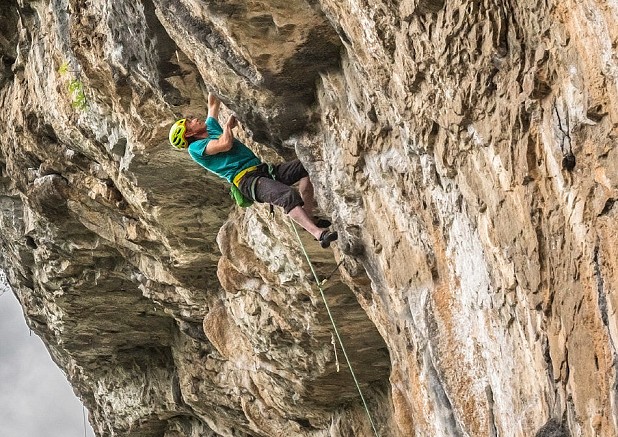

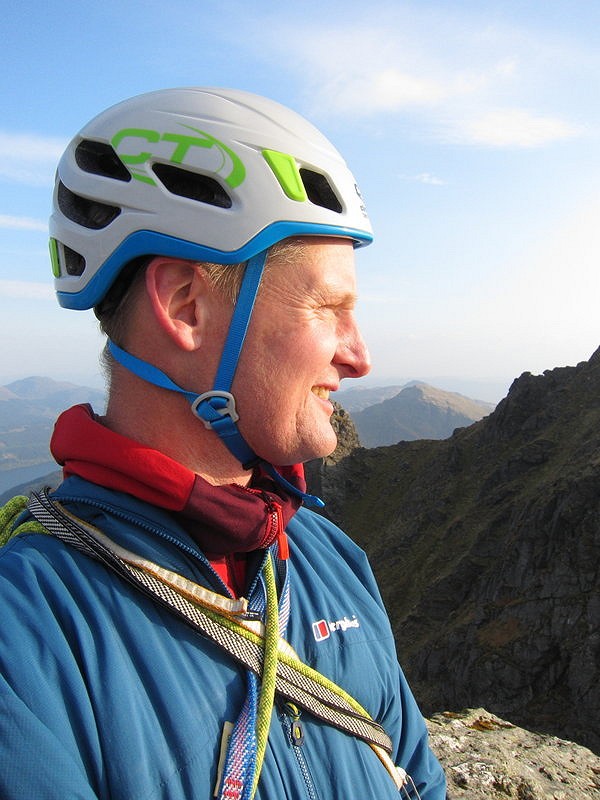
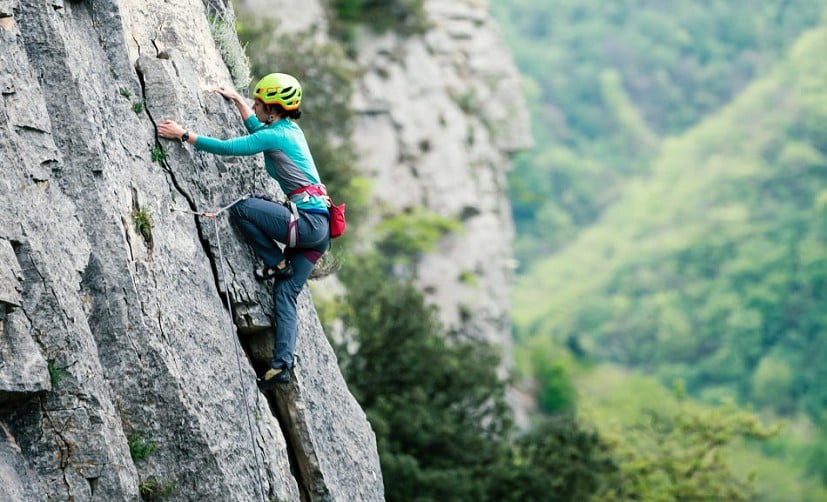

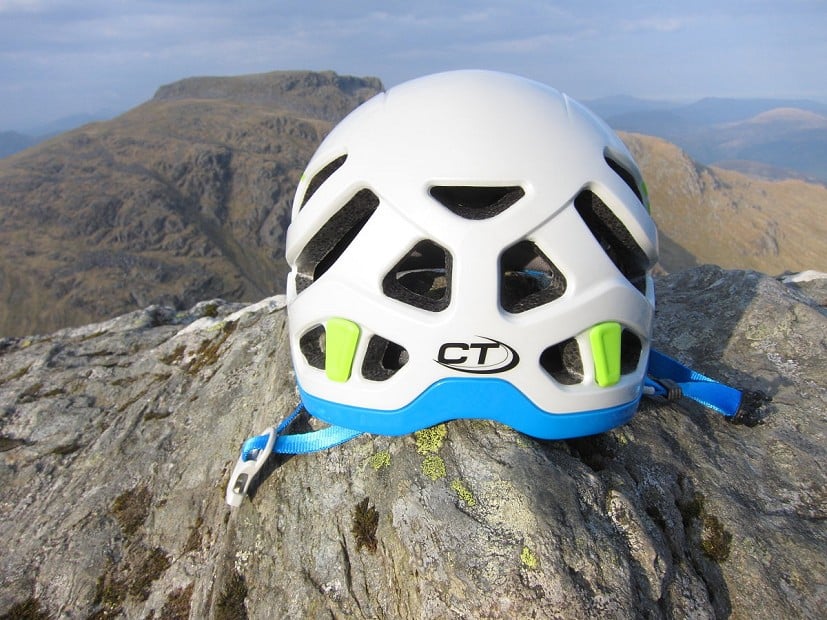
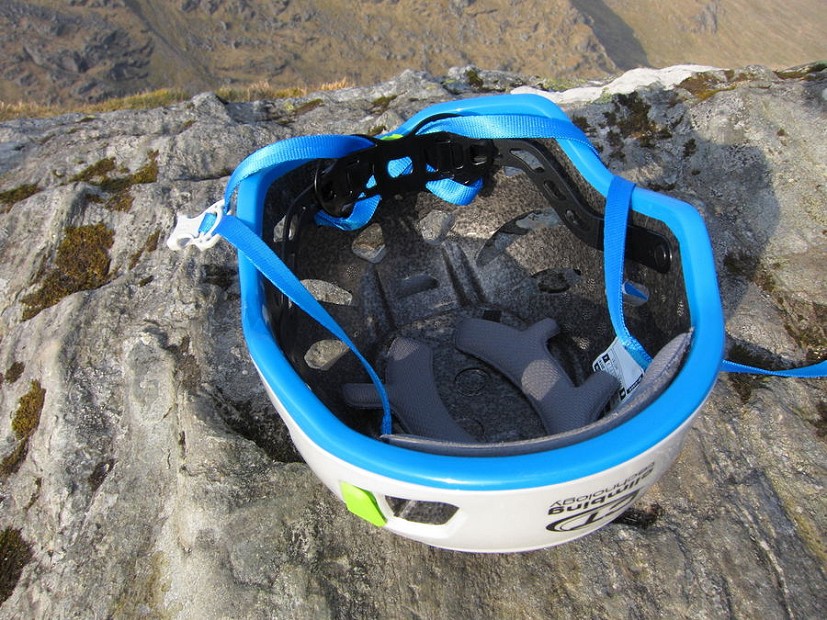
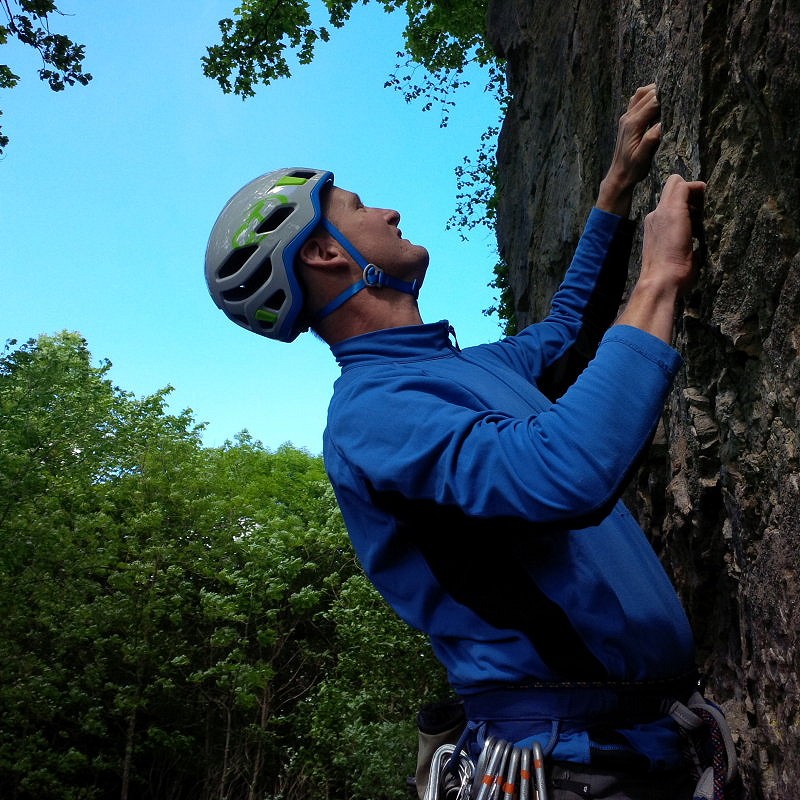
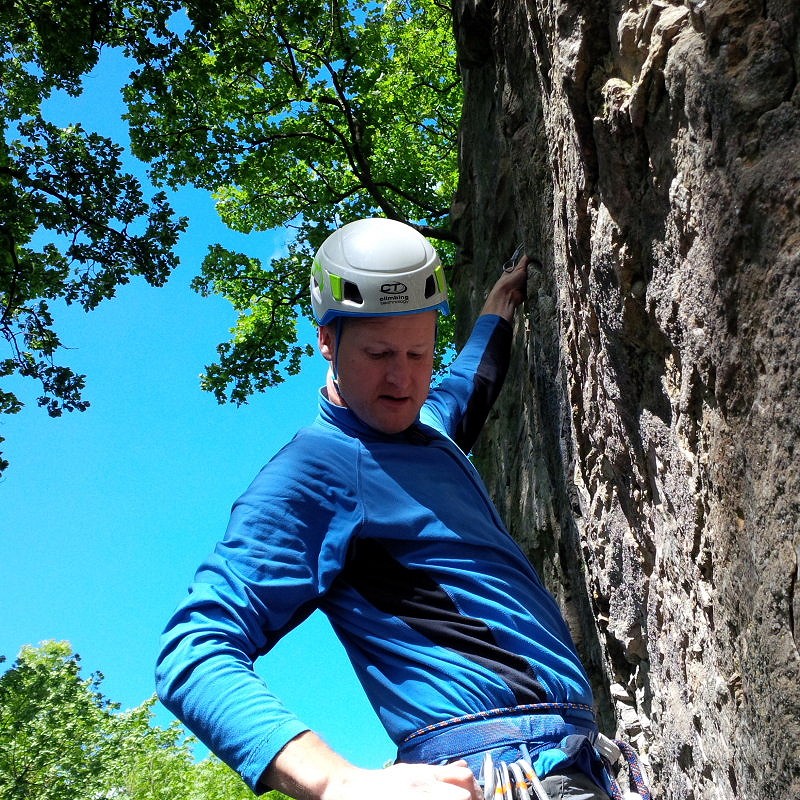
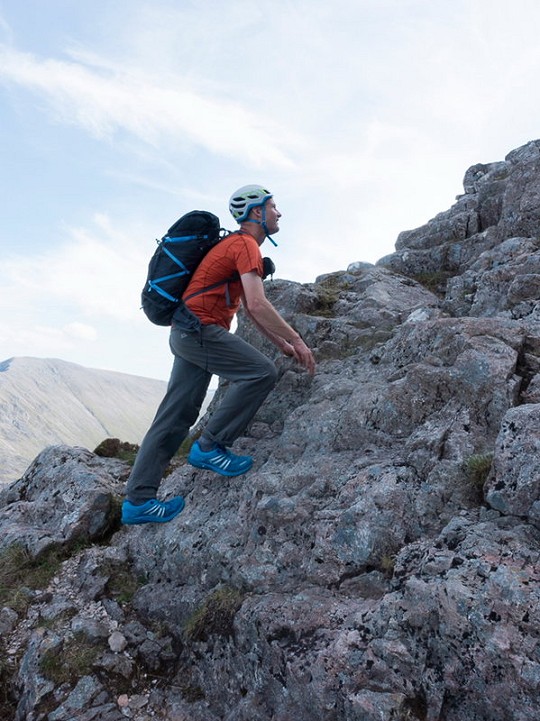
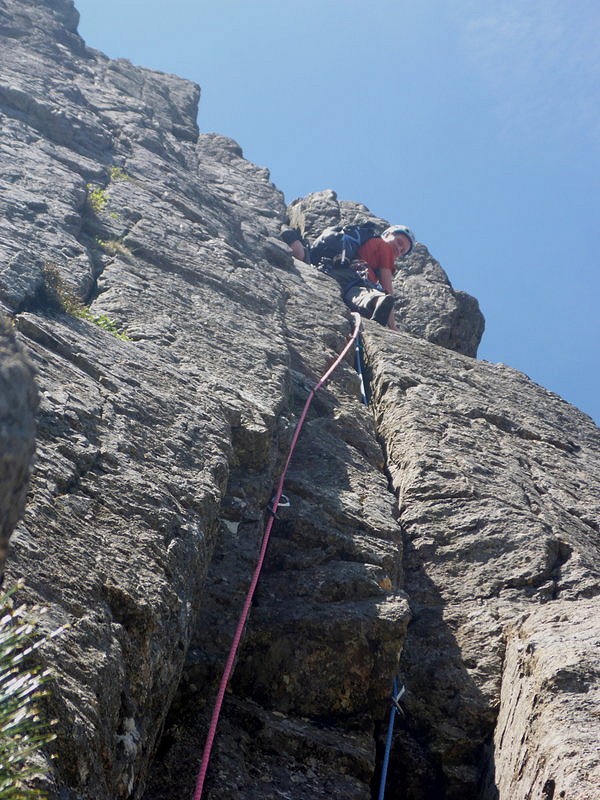



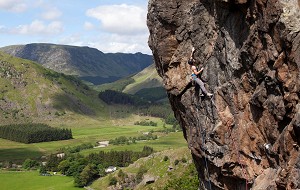
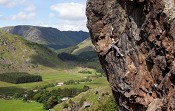
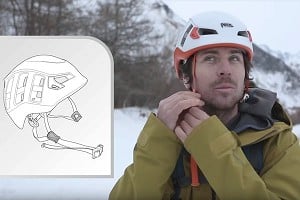
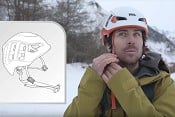
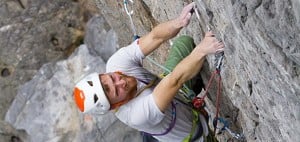


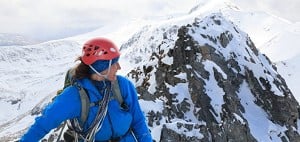

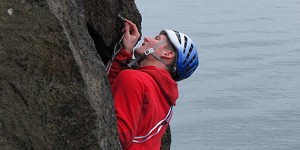

Comments